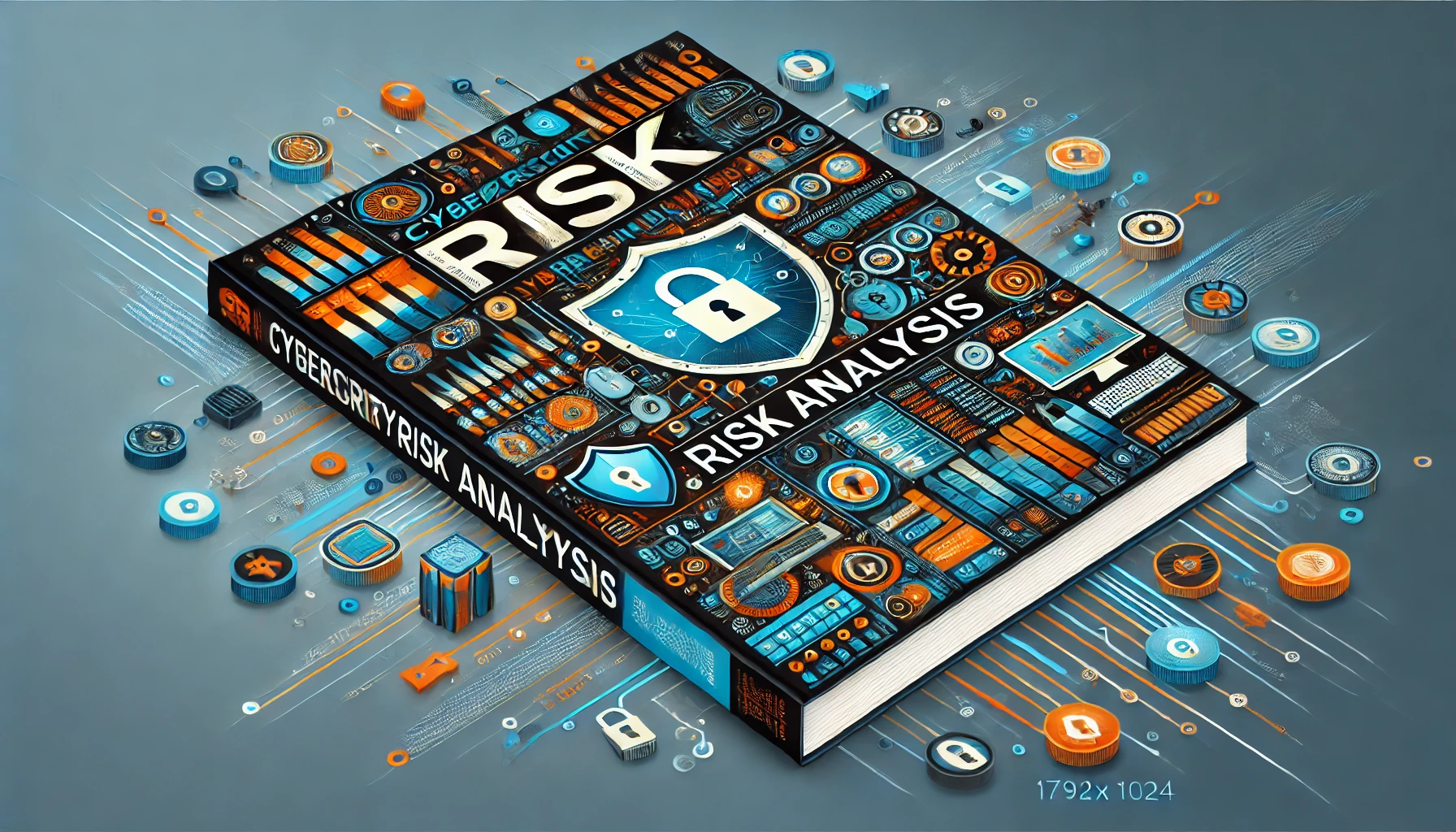Securing Your Cloud Environment: Best Practices for Cloud Security
Cloud computing has revolutionized the way businesses operate, offering scalability, flexibility, and cost-efficiency. However, with this shift to the cloud comes new security challenges that need to be addressed to protect sensitive data and maintain the integrity of your systems. In this blog post, we will explore the best practices for securing your cloud environment.
1. Strong Access Control
Implementing strong access controls is crucial in ensuring that only authorized individuals can access your cloud resources. Utilize strong passwords, enforce multi-factor authentication (MFA), and regularly review and update access permissions. Additionally, consider implementing role-based access control (RBAC) to manage user privileges effectively.
2. Data Encryption
Encrypting your data is essential in preventing unauthorized access. Use encryption techniques to protect data both at rest and in transit. Cloud service providers often offer encryption services, but it is important to manage your encryption keys securely to maintain control over your data.
3. Regular Security Audits
Perform regular security audits to identify vulnerabilities and ensure compliance with security standards. Conduct penetration testing, vulnerability assessments, and review your cloud provider’s security certifications and compliance reports. Address any identified weaknesses promptly to maintain a secure cloud environment.
4. Continuous Monitoring and Logging
Implement a robust monitoring and logging system to detect and respond to security incidents promptly. Monitor your cloud environment for suspicious activities, configure alerts for unauthorized access attempts, and analyze logs for potential threats. Consider leveraging Security Information and Event Management (SIEM) solutions for efficient log management and threat detection.
5. Backup and Disaster Recovery
Ensure regular backups of your critical data and implement a comprehensive disaster recovery plan. Cloud service providers often offer backup and recovery solutions, but it is crucial to validate and test these processes to ensure their effectiveness. Regularly test your disaster recovery plan to minimize downtime and data loss in the event of an incident.
6. Employee Training and Awareness
Invest in cybersecurity training and awareness programs for your employees. Educate them about the risks associated with cloud computing, teach them how to identify phishing attempts, and promote secure practices such as strong password management. Your employees play a vital role in maintaining a secure cloud environment.
Conclusion
Securing your cloud environment is of utmost importance to protect your sensitive data and ensure business continuity. By implementing strong access controls, data encryption, regular security audits, continuous monitoring, backup and recovery solutions, and employee training, you can significantly enhance the security posture of your cloud environment. Stay proactive, stay vigilant, and embrace these best practices to safeguard your valuable assets in the cloud.







